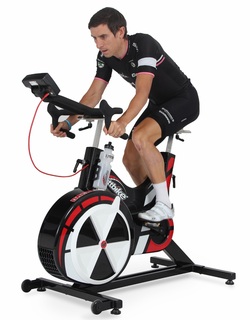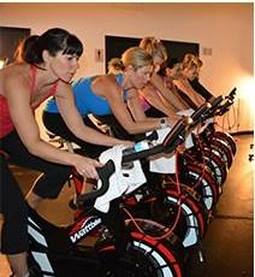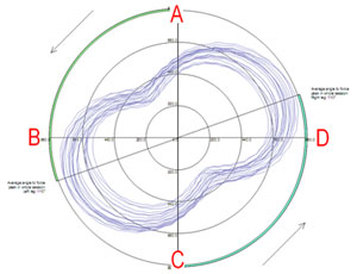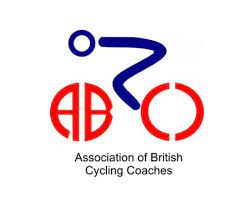Pedalling the Virtues of Power for Improving Fitness

The Watt bike is designed to be the most effective method of incorporating science into cycling in order to allow the greatest increase in athletic potential. By combining the parameters of power output, cadence, heart rate and pedalling efficiency the athlete is armed with copious amounts of feedback which will allow for the greatest improvement in performance.
With so many other forms of training available, why would a cyclist choose to train indoors on a Watt Bike. The most obvious reason is the fact that you are training with power. For many years, heart rate has been the main determiner of training intensity. It certainly indicates how much stress is being placed on the cardiovascular system and, simply put, how hard you are working. But it doesn't show if you are improving. Power, on the other hand, measures the muscular force through the pedals - an increase in power will mean an increase in speed and, therefore, an increase in performance. Power instruments can be fitted to a road or mountain bike and this provides excellent feedback on performance, particularly in races. Unlike Europe and North America, in Sydney we are far more able to train outside all year round, making the most of the sunshine, fresh air and the scenery. Nevertheless, training indoors allows for absolute control, eliminating such variables as traffic, weather and changes in terrain. This permits the athlete to focus completely on performance variables such as power, cadence and pedal efficiency.

Interval Training on a Watt Bike is, without doubt, one of the most effective ways to train. Preparing in this way certainly emphasizes 'quality over quantity'. In the past, I have been guilty of training long miles, but often riding without focus. Last year, I built a solid endurance base but now I am better equipped to work on my intensity and technique. Intervals of high intensity, with an associated rest period, can be tough but the shorter duration makes them do-able. Immediate feedback is provided by the Watt Bike, which allows the athlete to concentrate on maintaining the target power output. This would never happen on the road or track where the rider is often unaware of a drop in power and can usually only rely on heart rate or perceived effort. With power training, it doesn't take long before the cyclist feels fitter and stronger and power to weight ratio increases. Furthermore, I can testify that mental strength also increases as it becomes clearer exactly what the body's capabilities are.
 Polar View
Polar View - Point A - Both pedals are in a vertical line. Your left leg is at the highest point; your right leg is vertical at its lowest point.
- Point B - Both pedals are horizontal, the left leg on the drive phase – the right leg on the recovery phase
- Point C - Both pedals are vertical. Your left leg is at the bottom of the revolution and your right leg is at the top
- Point D - Both pedals are horizontal, the right leg on the drive phase – the left leg on the recovery phase
- Pushing down with the left leg results in a larger force shape on the left






 RSS Feed
RSS Feed
